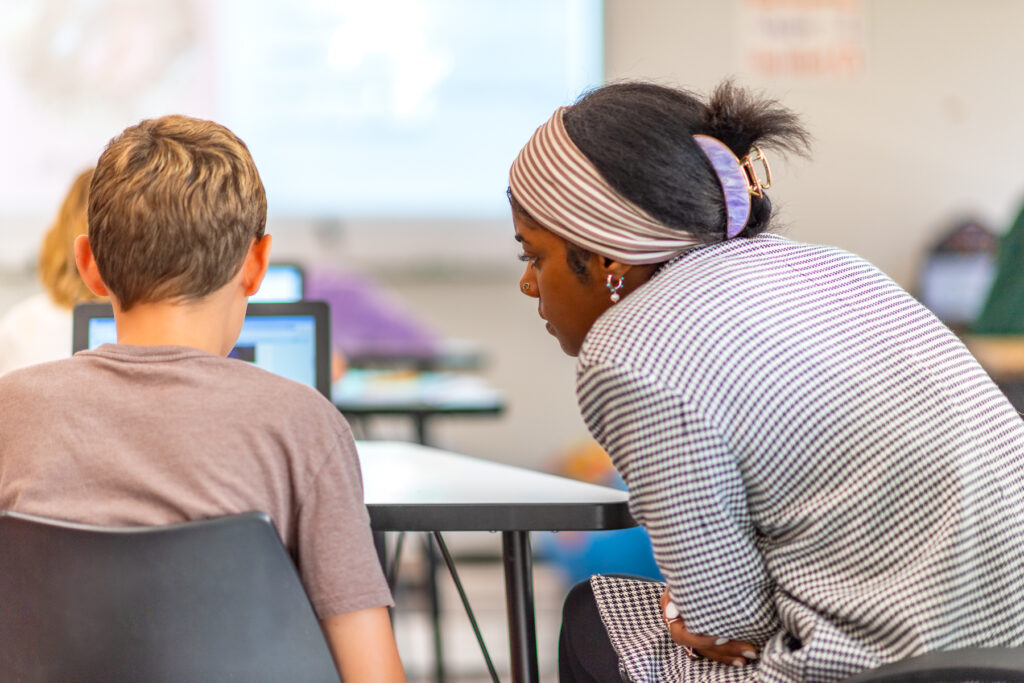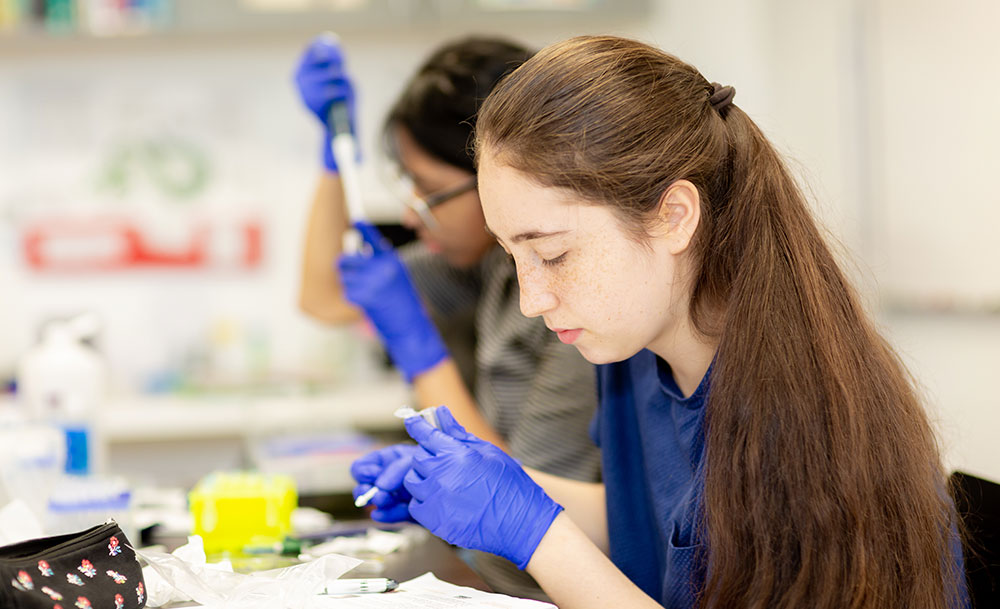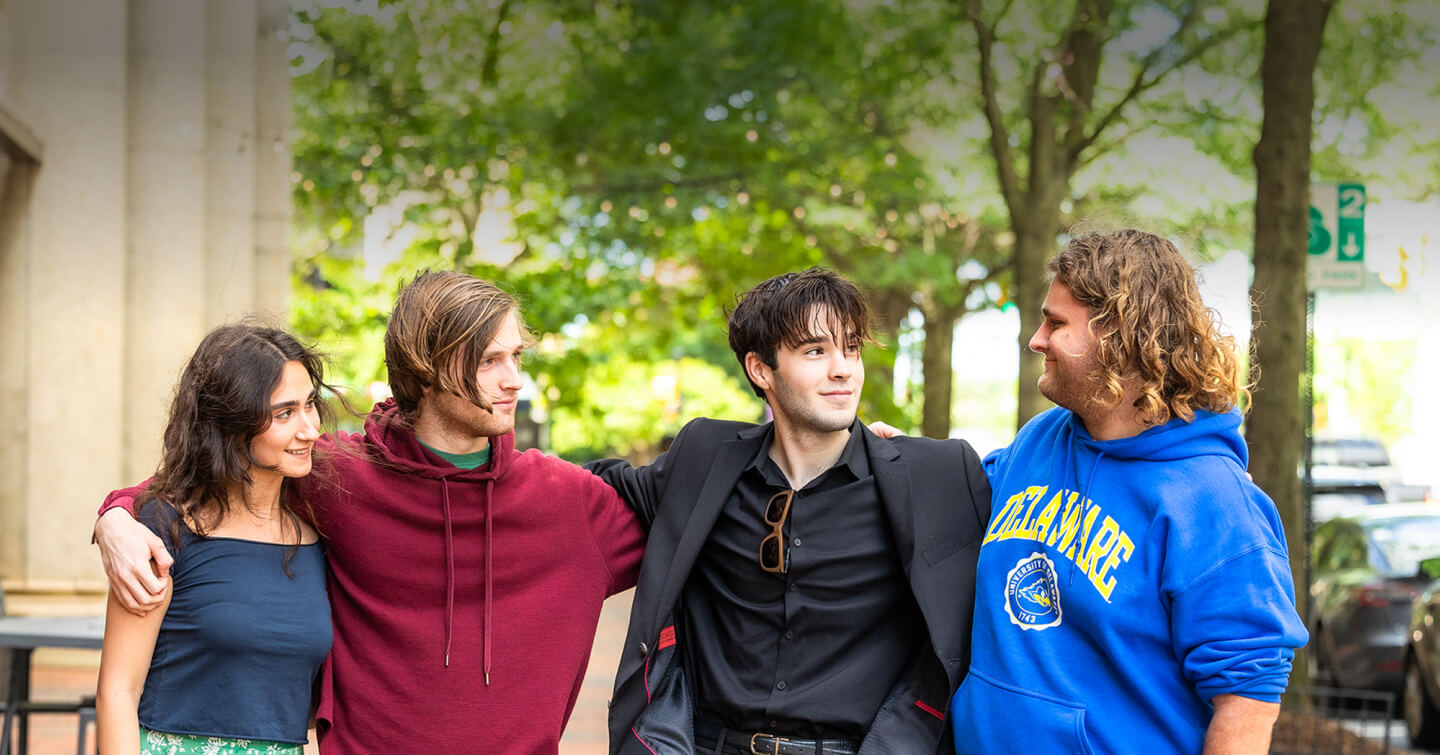Why I Started The Sycamore School
By: Karyn Ewart | Head of School & Founder
My children went to the same public schools I did: McKinley, Swanson, and Yorktown – all in Arlington, VA. I’ve always been a big supporter of public schools, which are geared to serve the majority of students…and they do, for the most part. However, public schools face a challenging task – to serve any and every student who walks through their doors. Some students fall through the cracks. It can’t be helped. Especially when there are 27-36 students in a class with one teacher…and six of those students have IEPs. There is no way even the best teacher can address all their students’ needs.

I also noticed that many teens were stressed out by the school workload and expectations. They were expected to make exceptional grades, take challenging classes, and demonstrate leadership skills with a myriad of extracurricular activities, plus an unbearable homework load. A subset of students seemed to do it all, but at what cost? We saw high levels of mental health issues in our youth: anxiety, depression, eating disorders, and substance abuse.
Many private schools for students with learning differences, executive functioning challenges, and/or social-emotional struggles do a great job of providing the accommodations and support each student needs. However, they don’t always do a great job of weaning students off these supports. Many students launch into adulthood without the skills they needed to be independent, functional adults.
I wondered, “What if I could create a school that could be challenging without being stressful? Could I offer ALL students social-emotional support? Could I find a flexible learning model that worked for a cross-section of students?”
The short answer is yes – the mastery-based learning model fit my criteria (also called competency-based learning and 21st century learning). Students could move forward when they demonstrated mastery versus seat time. They could choose how the academic content was presented, how they worked with the academic content, and how they demonstrated their knowledge (also called Universal Design for Learning).
My dream school was going to meet students where they were, fill in the gaps in their learning, and help them move forward at their own pace. Students would learn the skills they need to be independent lifelong learners: soft skills such as effective communication, problem-solving, cognitive flexibility, teamwork, critical thinking, and perspective-taking. We would give students the support they require, specific to the student, then wean them off those supports before they graduate.

With a small teacher-to-student ratio, we could offer both remediation and acceleration, specific to the skill or content area. We would focus on self-awareness and self-advocacy, helping students understand their individual strengths and areas of growth. We would explicitly teach social-emotional skills and executive functioning skills alongside academic skills. We would have school counselors on-hand to support students when they had difficult moments.
All core classes would be co-taught and have small class sizes, so that every student received the support they needed. We would limit homework to reading and long-term projects. No busy work! Students would learn how to break long-term projects down into manageable chunks and then practice that skill outside class. Community service would also be woven into the week and emphasized as a vehicle for growth and learning.
My solution: The Sycamore School.
You Might Be Interested In…

Posted in:
